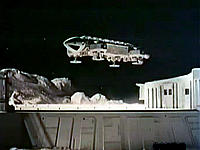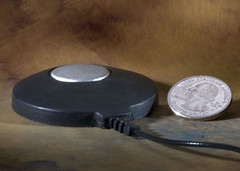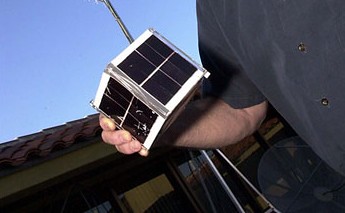Thuraya Reduces Cell Coverage in Iraq
Tuesday, December 5th, 2006While intense debates continue in Washington and capitals throughout the world regarding what to do about the increasing violence in Iraq, the leading cell phone provider in the region has already decided upon its course of action.
Thuraya Satellite Telecommunications Co. has been cutting business in Iraq due to mounting security concerns:
Yousuf Al Sayed, chief executive officer of the Middle East company, t[said] on the sidelines of the ongoing Telecom World2006 show that Iraq [represented a] mere seven percent of Thuraya’s mobile satellite phone business so far this year.
Iraq boasted a 60-percent and a 40-percent business share of the company in 2004 and 2005 respectively, said the CEO.
 Thuraya, based in the United Arab Emirates and founded in 1997, commands a 26 percent share in the global mobile satellite phone market. This map provides a good illustration of the scope of their coverage, which serves a region 2.3 billion people with 2 Boeing GEO-Mobile Satellites:
Thuraya, based in the United Arab Emirates and founded in 1997, commands a 26 percent share in the global mobile satellite phone market. This map provides a good illustration of the scope of their coverage, which serves a region 2.3 billion people with 2 Boeing GEO-Mobile Satellites:
"The Thuraya coverage area encompasses the Middle East, North and Central Africa, Europe, Central Asia and the Indian subcontinent. Thuraya offers GSM-compatible mobile telephone services, transmitting and receiving calls through each satellite’s 12.25-meter-aperture reflector. The satellites employ state-of-the-art on-board digital signal processing to create more than 200 spot beams that can be redirected on-orbit, allowing the Thuraya system to adapt to business demands in real time. Calls are routed directly from one handheld unit to another, or to a terrestrial network. The system has the capacity for 13,750 simultaneous voice circuits."



 Got a spare $80,000 and a dream of putting your own satellite into space?
Got a spare $80,000 and a dream of putting your own satellite into space? 